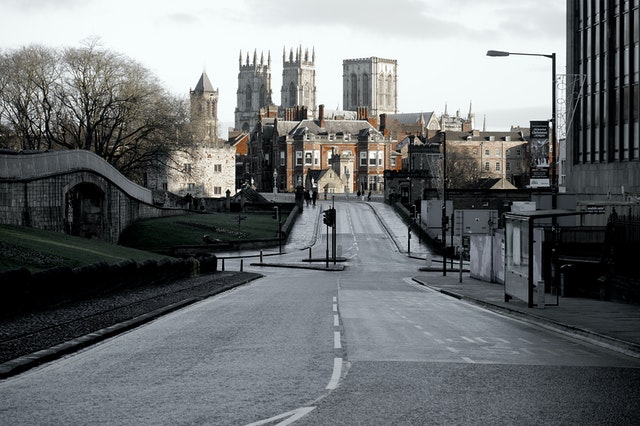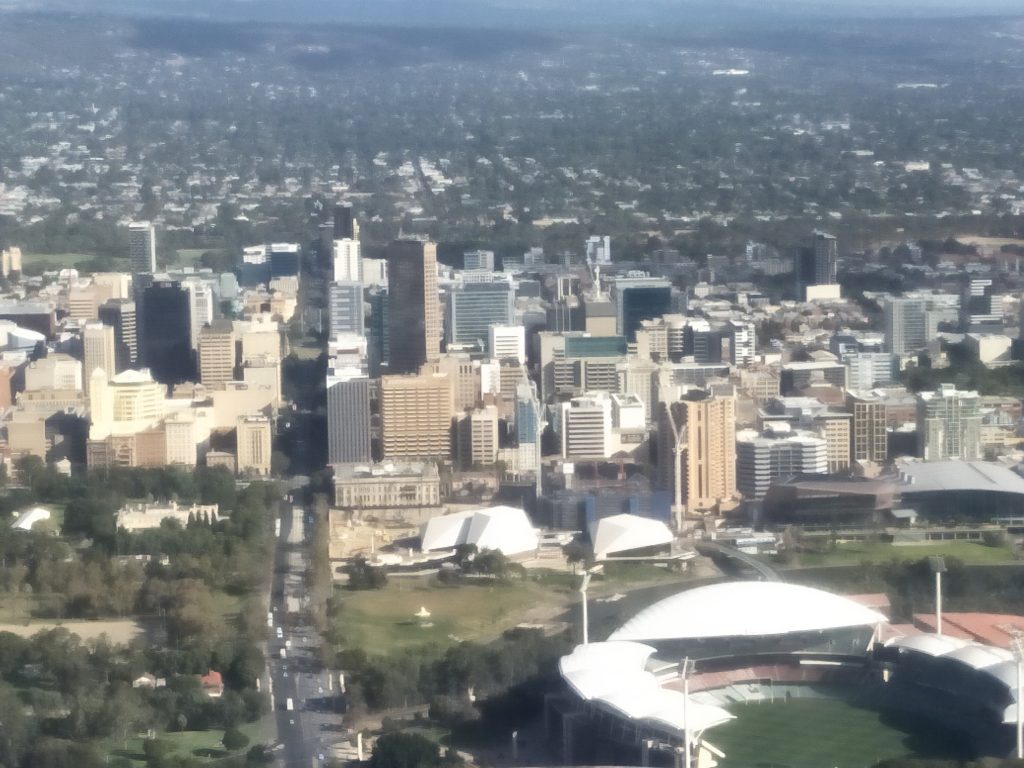In ‘Reflections on a Career in Safety, Part 5’, I finally get around to reflecting on personal lessons learned from my own career.
Reflecting on a Career in Safety
Very briefly, I just wanted to pick out three things.
Learning and Practice
First, at university in my first degree and in my master’s degree and in studies I’ve done since then (because you never stop learning) you pick up a theoretical framework, which is fantastic. You learn to understand things from an abstract point of view or a theoretical point of view.
But there’s also practical experience, and the two complement each other. You can [start] a job. You’re usually doing the same thing over and over again. So you become very competent in that narrow area. But if you don’t have the theoretical framework to put it in, you’ve got all of these jewels of experience, but you can’t understand where they fit in in the big picture.

And so that’s what your course here does. Whatever courses you do in the future, whatever learning you do in the future, the two complement each other, and actually they work together. Whether I turn up and I understand something from a theoretical point of view, or I’ve actually done it and learned the hard way (usually doing it the hard way is painful), the two are complementary and they’re [both] very useful to help you in your career.
Opportunism and Principles
Second, you’ve heard me say a couple of times I got into software by accident. I got into safety by accident. And it’s all true. An opportunity comes up and you’ve got to grab it either because you think, well, maybe this opportunity won’t come again or you’re trying to get out of a job that you don’t like or avoid doing something you don’t want to do, whatever it might be.
If you have an opportunity, I would say grab it, go for it, be positive and say yes to as many things as you can. And, if I dare to give you some career advice, it would be that.

But also, in safety, we’ve got to stick to our principles. And sometimes as a safety engineer or an engineer who does safety, you’re going to have to stick to something that costs you, whether it be a promotion or, whether people no longer listen to you because you said, “no, we can’t do that” when it’s something that they really want to do.
You have to understand the difference between things that matter and things that don’t. So if you end up in safety, if you’re working with the safety of people, [you must] learn the things that cannot be negotiated. There are certain requirements in the law and regulations, but they’re often not as onerous as people think. They’re often a lot simpler than people think. So understand: what has to be done and what is optional? What is merely beneficial. And then you can make a sound judgment.
Simplicity
The final point. Einstein once famously said that if you can’t explain something in simple terms, then you don’t really understand it. And what you and I will all be doing for years to come is dealing with complexity, big projects, politics. A technical challenge, with not enough time to do something, not enough budget to do something. So lots of challenges.
I think it’s always a struggle to reduce [a problem] to something simple that you can understand and think: right, this is the essential point that we need to keep hold of. Everything else is kind of fluff and distraction.
So I would say my career in safety has been a constant effort to simplify and to understand the simple things that are important. And that’s what we need to stick to. And again, all of you, whether you do safety or not, you’re going to be dealing with complex systems. Otherwise, we’re not needed as systems engineers.

Q&A (Part 6) will follow next week!
New to System Safety? Then start here. There’s more about The Safety Artisan here. Subscribe for free regular emails here.



















